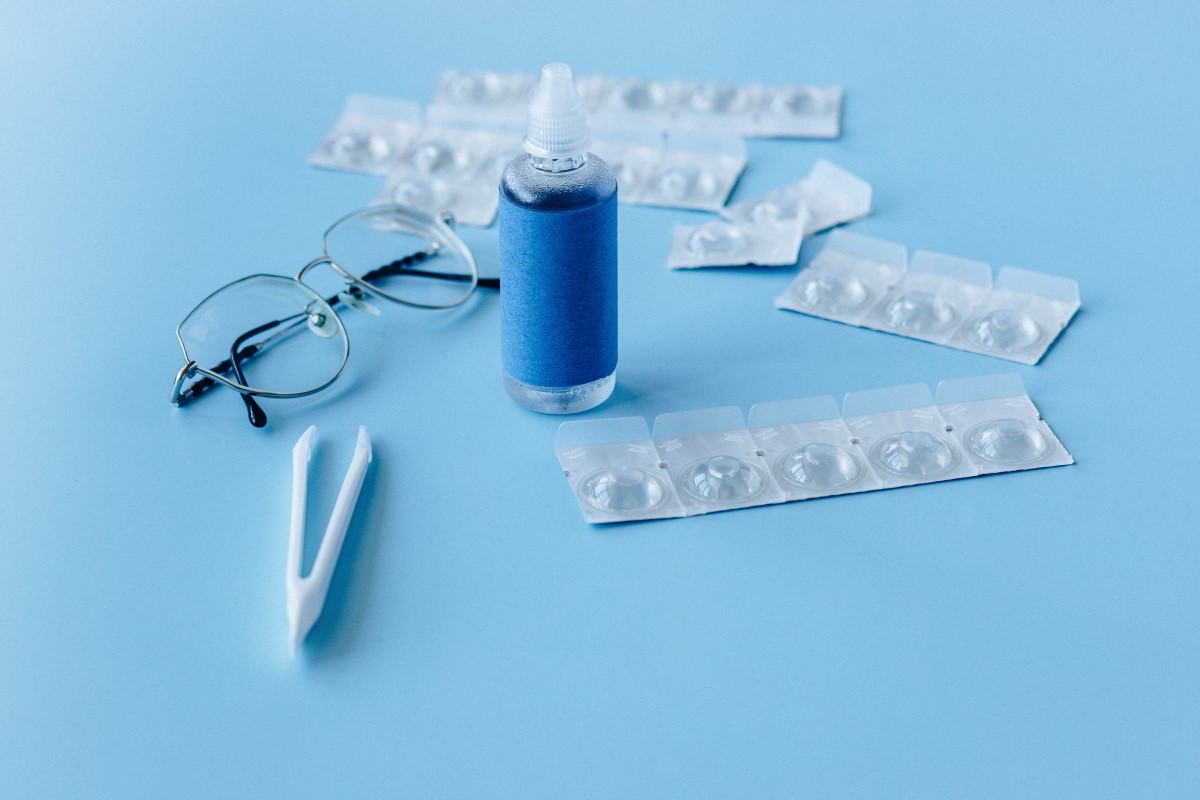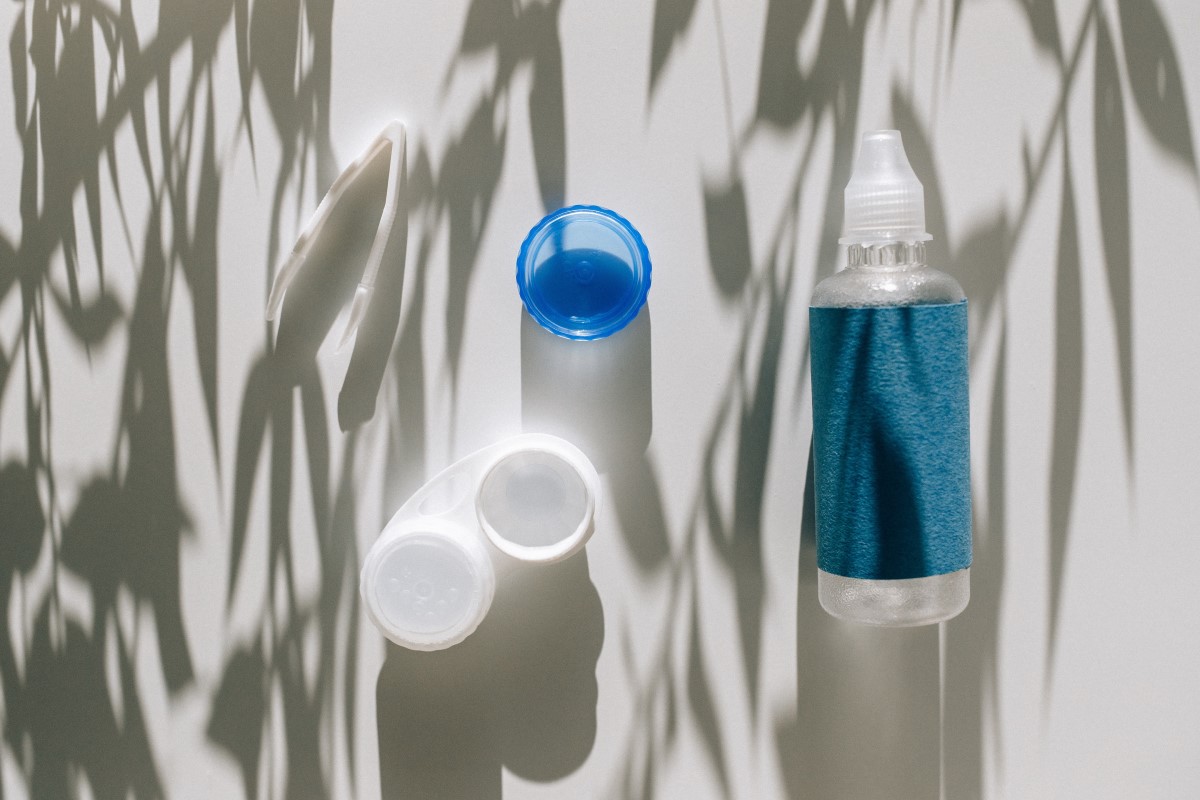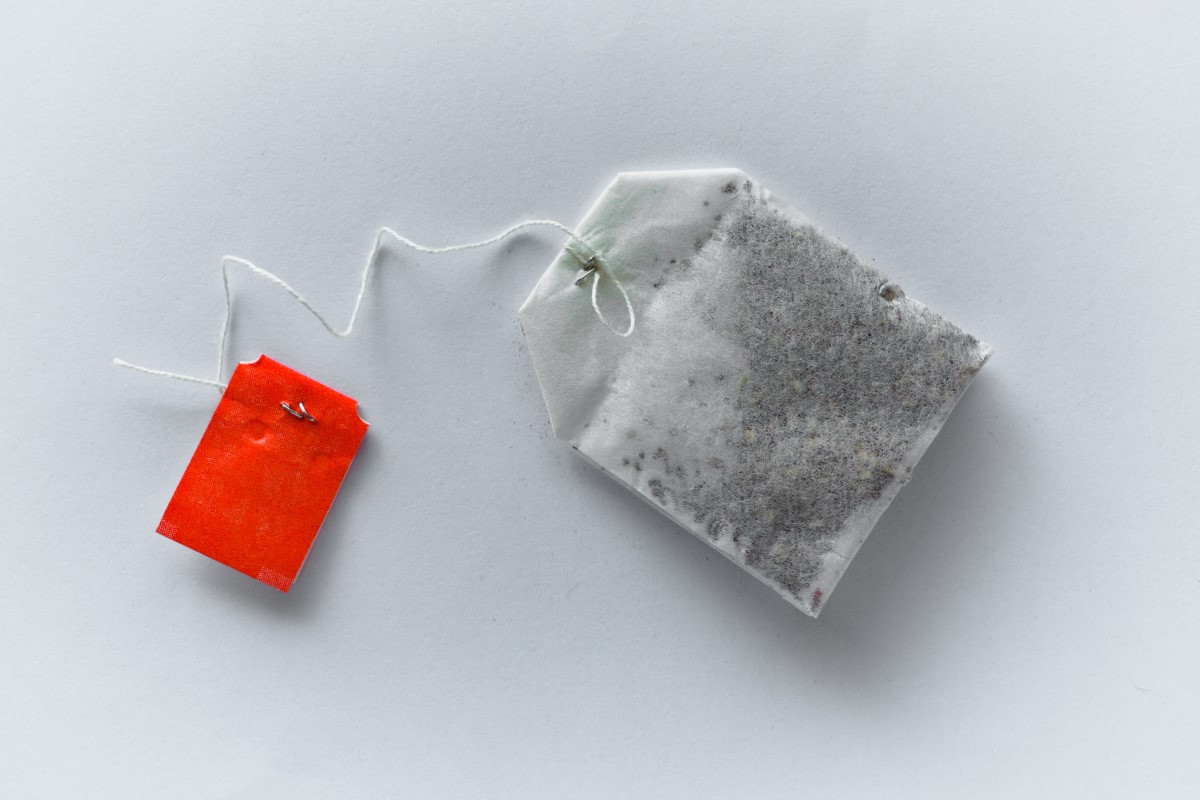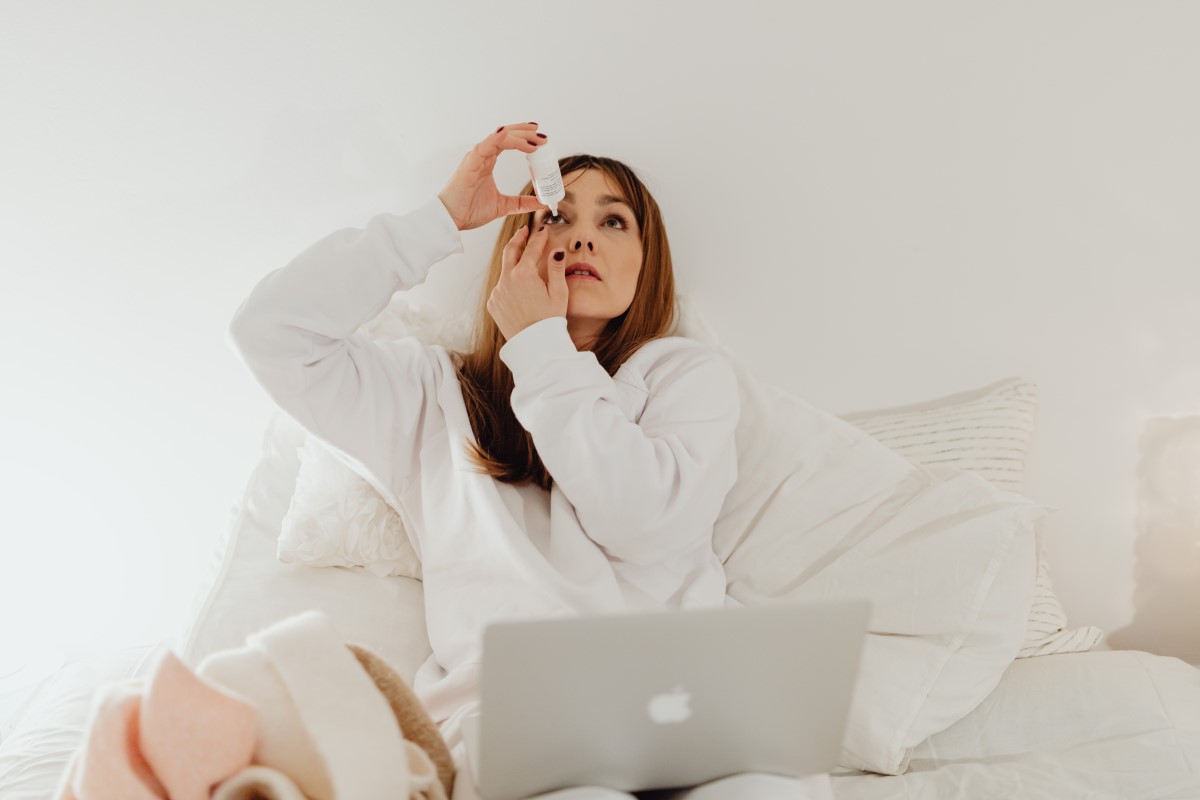Can You Use Contact Solution as Eye Drops?
If you’ve ever thought of using contact solution as an alternative to eye drops, it’s not recommended!
Your eyes are one of the most important organs you have, so keeping them healthy should always be a top priority. To do that, it’s important to use the right eye solution for its intended purpose.
While contact solutions and eye drops may seem similar, they have compositions and functions of their own.
Let’s look into some of the potential risks of using contact solution as eye drops, alternatives to consider, and signs of eye irritation that require medical attention.
Differences between contact solution & eye drops
Contact solution is made for cleaning, disinfecting, and storing contact lenses. It’s usually made up of ingredients such as saline, which helps maintain the solution’s pH balance. While saline on its own is safe to be applied directly on the eye, contact solution has additional cleaning compounds that are not.
One example is hydrogen peroxide. This compound effectively cleans and disinfects contact lenses by breaking down and removing trapped debris, protein, and fatty deposits. When placed directly into the eyes, it can cause irritation such as stinging and burning to your cornea.
Eye drops are designed to provide targeted relief for various eye conditions such as redness, dryness, allergies, and infections. They contain active ingredients that are specifically formulated for direct application to the eyes. Do take note however that ingredients in eye drops may vary depending on the product’s intended purpose.
For instance, artificial tears are a common type of eye drop used to lubricate the eyes and provide moisture to dry eyes. Meanwhile, antihistamines are used to reduce allergy symptoms by blocking the histamine receptors in the eyes, which cause itchiness, redness, and swelling.
Other types of eye drops may contain antibiotics or steroids to treat infections or inflammation, respectively.
In a nutshell, unlike contact solution which is primarily used to clean and disinfect contact lenses, eye drops are intended solely for the eyes.
Risks of using contact solution as eye drops
Using contact solution as eye drops can do more harm than good. While some options may contain ingredients similar to eye drops, they may also have preservatives and cleaning compounds that are safe for contact lenses but may cause irritation, redness, and inflammation of the eyes. In some cases, using contact solution on eyes could even lead to blurry vision.
More specifically, the compounds found in contact solution can react with the three layers of the tear film in your eye, which is responsible for keeping your eyes hydrated. Contact solution doesn’t contain the necessary oil component that keeps moisture from evaporating, so it may dry your eyes out instead.
Another risk is the potential for eye infections. While contact solution can effectively disinfect and clean contact lenses, it may not kill all types of bacteria and viruses in the eyes. Therefore, it can introduce harmful microorganisms into the eye and increase the risk of infections such as conjunctivitis or keratitis.
Is it ever safe to use contact solution as eye drops?
In emergency situations, it’s generally safe to use contact solution as eye drops, but only if the solution does not contain hydrogen peroxide. Hydrogen peroxide can cause significant irritation and damage to the eyes.
Instead, opt for saline-based solutions, which are designed for sensitive eyes and do not contain harsh chemicals.
To use contact solution as eye drops, wash your hands, tilt your head back, and pull your lower eyelid down. Drop a few drops of solution into your eye and blink a few times to spread it.
If you experience any eye discomfort or symptoms, consult with an eye doctor for proper diagnosis and treatment. Prioritizing seeking medical advice when necessary can help ensure long-term eye health and comfort.
Alternatives to using contact solution as eye drops
Over the counter (OTC) eye drops are available in drugstores, with specific formulas to treat dry eyes, allergies, or redness. It’s important to use them safely by following the instructions and consulting healthcare professionals if needed.
Several options are available if you’re looking for a natural remedy to alleviate eye irritation. Cold compresses can be beneficial for dry eyes and help reduce inflammation. To make one, simply soak a washcloth in cold water and place it over your eyes for several minutes. Alternatively, you can use cucumber slices or chamomile tea bags to reduce eye puffiness.
While natural remedies can be a valuable addition to your eye care routine, it’s essential to note that they can’t completely replace professional medical treatment.
Consult an eye doctor if you have severe or persistent eye symptoms, like pain, redness, or inflammation. A healthcare professional can properly diagnose and treat any underlying issues as well as guide you towards effective treatment options.
Stick to eye drops to keep your eyes safe
To sum it all up, using contact solution as eye drops is not recommended. Certain ingredients in its formulation aren’t made for direct eye application, and doing so may lead to eye irritation, allergies, or infections.
While over-the-counter eye drops and natural remedies can relieve severe or persistent eye-related issues, they may not be enough to cure them completely. Hence, consulting a professional is vital when it comes to such cases. You only have one pair of eyes, so err on the side of caution!

Written by:
Angie Garcia

















